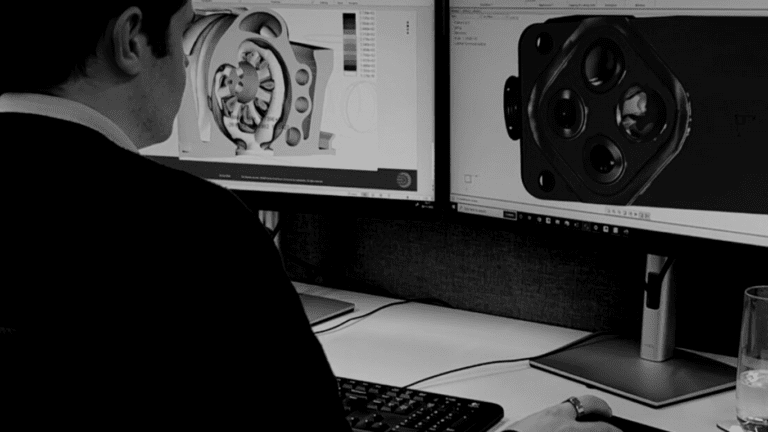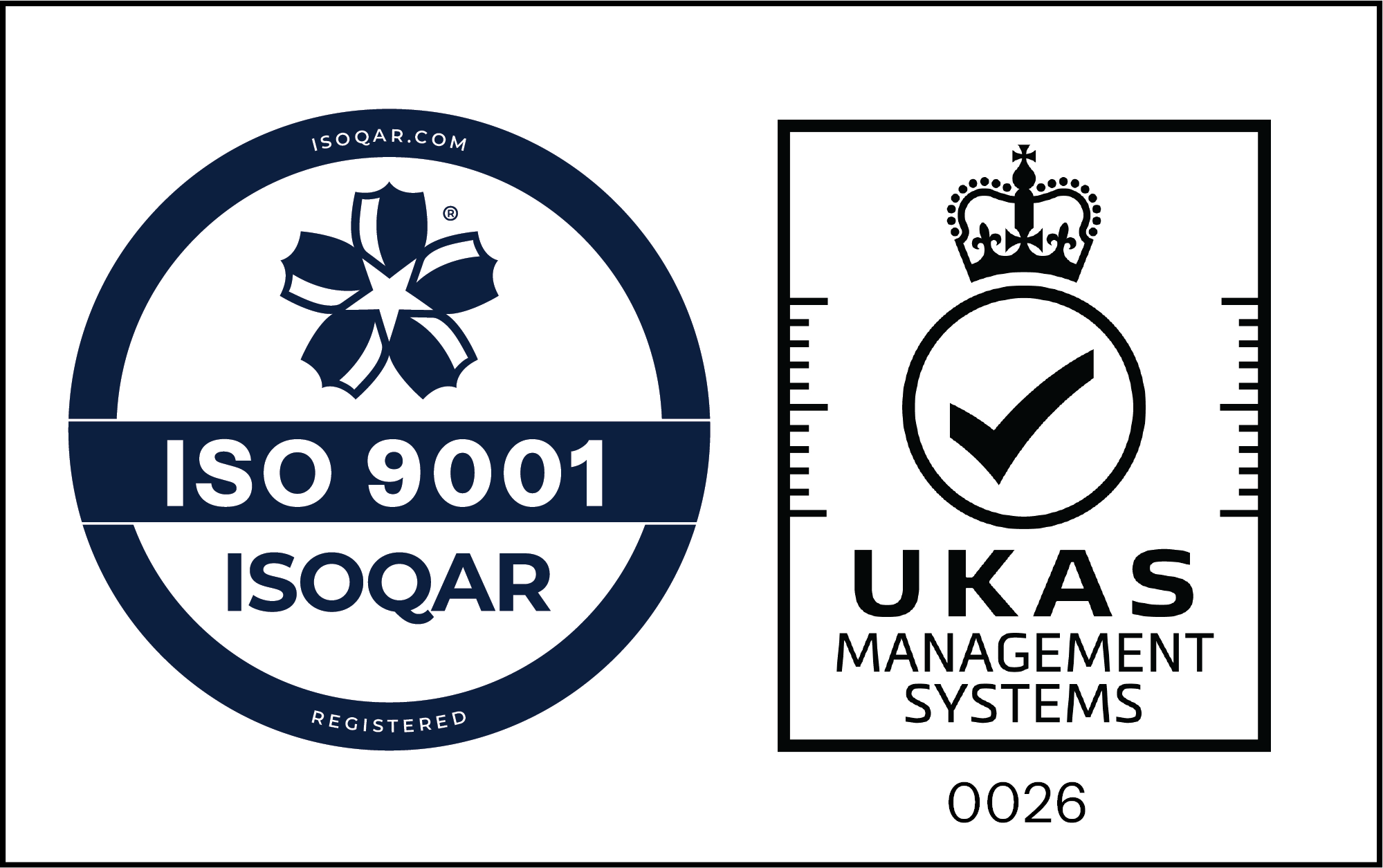Designing a high-performance engineered product with metal additive manufacturing typically requires a multidisciplinary approach to design.
Managing the design of a mechanical product is a highly complex task
It requires gathering and understanding significant amounts of data and making decisions with that data. In order to make the best decision, the engineers must understand the impact each change/decision has on all other aspects of a product from stress, flow, manufacturing, cost, performance, market pull and many others. This is not a simple activity and has traditionally required teams made up of stress engineers, fluid dynamicists and market analysts to provide data to the design engineer in order to be able to make an informed decision.
This strategy has typically evolved from the traditionally significant amount of skill and time required to generate the data in each field of the product. Stress analysis was a task that required a supercomputer and a specially trained engineer to run. Computational fluid dynamics (CFD) took a week to run an analysis and gave results that were only loosely correlated to the real world. All this meant that it was almost impossible for one person to be able to run and manage all these processes.
As a result of this, it meant that the designer used the stress engineers mainly as a confirmatory process rather than an iterative tool increasing the risk of wasted material or significant design changes at the end of a programme, and for flow analysis, CFD was often not used at all rather relying on the much quicker, if less accurate, rules of thumb developed through historical test and experience. Generally, engineers designing lower-performance industrial products were able to rely upon computer-aided design (CAD) software and experience-based rules of thumb.
A multidisciplinary team approach to engineering can lead to a more efficient, higher-performance product than using rules of thumb. However, there are downsides. Costs and mistakes can be magnified disproportionally with respect to increasing interfaces. Typically there is not a linear relationship between a number of interfaces and cost but an exponential one. This phenomenon is explained well by Eric Beinhocker in “The Origin of Wealth“.
Costs increase exponentially with respect to the number of interfaces
There can be an increase in management costs and an increase in time to carry out the design activity with lots of data travelling around a team along with downtime while engineers are waiting for others to carry out activities. However, a better product comes out in the end which can currently justify the increased non-recurring costs. The customer and supplier are both served, the product meets the performance requirements of the customer and is sold at a price to reflect that.
In the industrial sector, before additive manufacturing, a rules-of-thumb-based system largely provided an output that was acceptable to both customers and suppliers. While the product might be engineered such that it was very large to allow bigger flow galleries to deal with rules of thumb-based flow and excess material to limit the risk of high stresses, this didn’t lead to a more expensive product.
The customer ultimately got what they wanted, a low-cost product that carries out the required function. However, metal additive manufacturing changes this (see article on the economics of additive manufacturing). Not only does metal additive manufacturing change the relationship between weight and cost (with metal additive manufacturing weight is roughly proportional to cost) it also significantly changes the design freedom of an engineer and with that design freedom comes complexity.
The impact of a tiny change in the shape of a flow path can have significant impacts on the pressure drop in a gallery, the stress in the part, the cost of the product, and the efficiency. Not only do small changes have significant implications on other functions, design rules themselves can become more complex with metal additive manufacturing. The most significant of those we have experienced to date is fatigue. Gone are the days when you have one fatigue limit that you can apply to an entire component. The fatigue properties of printed metal are very (and we can’t stress this enough), very complex. Today, at Domin Fluid Power, we use many different fatigue limits within one single material component.
Metal additive manufacturing creates efficient complexity
This may sound like design has become much more complex, and it has, but it does not mean that the time to design a product needs to increase, be more expensive, or require more people. You might be wondering how this can be the case. Surely if there are significantly more variables and more complexity in a design then it requires much more interaction between the designer and stress engineers, use of complex and expensive CFD analysis, in-depth market analysis, etc. causing loss of efficiency through the transfer of data, discussions, debates, misunderstandings and more.
A natural solution would be to use an existing team approach borrowed from the aerospace and/or disciplines, however, this isn’t the only way. Metal Additive Manufacturing not only gives opportunities in the engineering world, but also to the way in which people manage the design of products. Teams don’t have to be the solution, and there is an opportunity to reassess this.
Along with the revolution of Metal Additive Manufacturing, significant progress has been made in the tools that design engineers can use to inform their design. Finite Element Analysis (FEA) is now integrated within CAD tools allowing a quick and efficient iterative process to take place, CFD software has improved significantly and can now generate data that is representative and useful, and the internet allows an engineer to compare data with competitors, analyse standard parts from a huge online database, use online instant quote tools to analyse the cost implications of design changes on a part (Xometry) and much much more.
All this means that the designer, rather than relying on confirmation from colleagues, is now required to carry out an interactive, iterative design based on all the requirements of the product. The designer now has the ability to generate and find a significant amount of data and use that data to make informed decisions that ultimately all come back to the requirements of the product.

This gives rise to both risks and opportunities. With a single engineer being given the trust to holistically design a product in a multidisciplinary way from conception through design, information gathering, analysis, detail design and more the risks of mistakes might increase, the risk of tunnel vision and the risk that you have trusted the design of a product to a lower standard engineer can both increase. However, the opportunities are significant for reducing the cost of design, time to design, the ability to increase the number of iterations and generating more data. Ultimately this can lead to a more cost-efficient, higher-performance product benefiting the customer and supplier.
The implications of this should not be underestimated on people throughout entire organisations including engineers, managers, executives and the organisation as a whole. The best practice is not known yet however, technological advances in manufacturing and software allow us to reassess the design process and pave new ways to carry out complex, multidisciplinary engineering design.
At Domin, we have taken the approach of employing small numbers of highly skilled engineers and by providing them with cutting-edge tools we entrust the holistic multidisciplinary design of a product to a single engineer.

